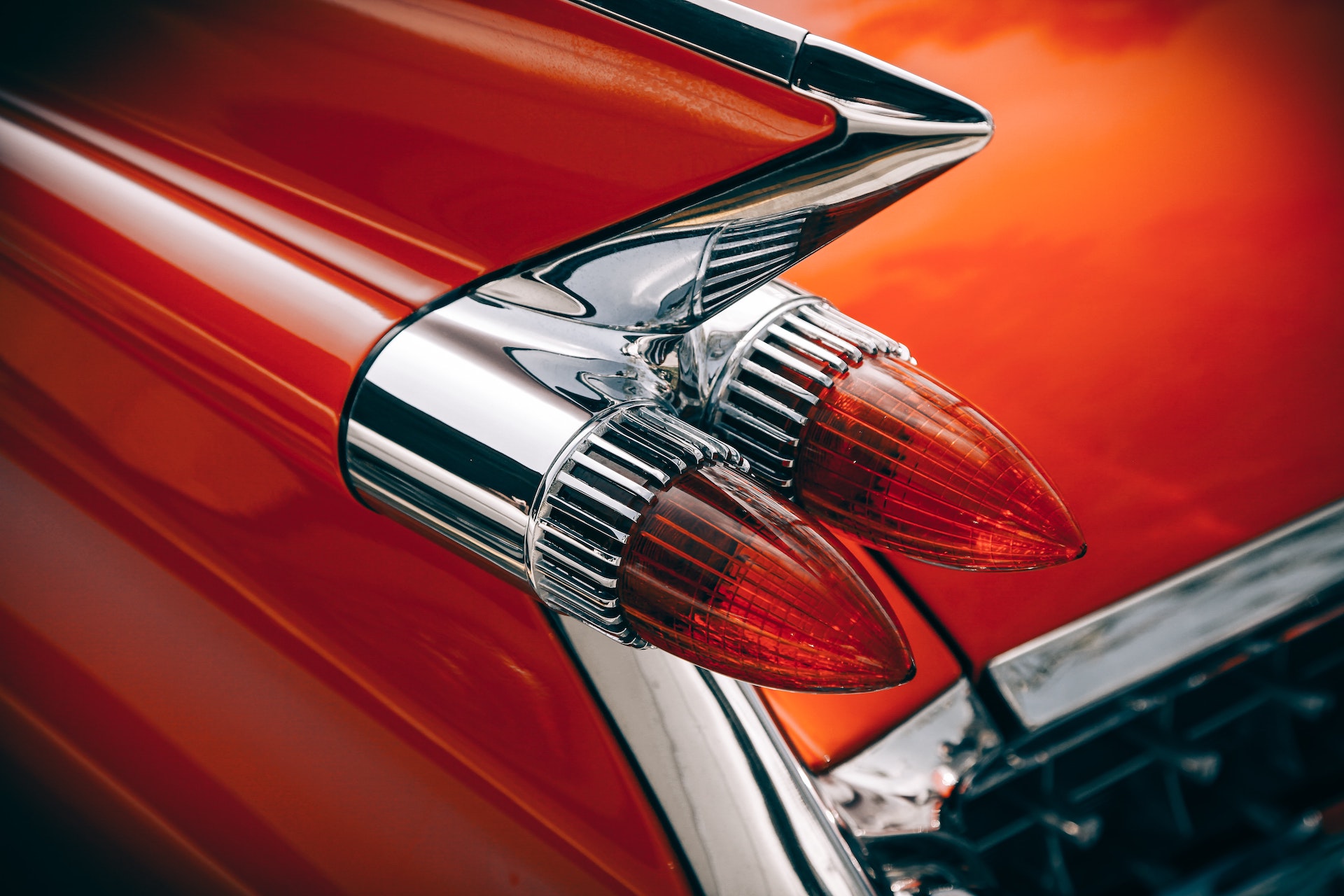In graduate school, I took a course called “Modern American Companies,” which examined how companies evolved. One case study that I distinctly remember described General Motors and how Alfred Sloan revolutionized the company.
As Britannica.com notes, in 1895, Alfred Sloan joined the Hyatt Roller Bearing Company of Harrison, NJ, a firm in which his father had an interest. As president of the company by age 26, he began to sell Hyatt bearings to the growing automobile business. In 1918, Hyatt was sold to General Motors, and in 1920 Sloan was named the company’s operating vice president. In 1923, he became president and CEO of GM.
Sloan was an operating and marketing genius. He quickly recognized that GM was a loose cluster of business units that competed for the same prospects; there was no product differentiation except for the high-end Cadillac. So, he developed a plan: each of these distinct divisions could vie for specific market segments, decentralize production, and gave each division the freedom to compete for more business. This is how GM products broke down then:
- Chevrolet was the introductory model, targeted to the younger working class
- Pontiac was a step up, aimed at the junior executive
- Oldsmobile aimed for the middle manager
- Buick was designed as the white-collar car
- Cadillac was a car for the senior executive and was considered the top of the line.
By targeting his products to various segments, he was the first to recognize the Good, Better, and Best Theory of modern marketing: Chevrolet and Pontiac were good; Oldsmobile and Buick were better, and Cadillac was best. This concept is as valid today as it was almost 100 years ago.
For decades savvy marketers in the bowling industry recognized that three birthday party offerings were better than one: if offered one product, there is a 50-50 chance of a sale, but if a customer is offered three choices, statistically there is a 66% chance of a sale to one of the three offers.
As for the Good, Better, and Best Theory: 16% of customers will buy the cheapest product. Another 16% of customers will always buy the most expensive product. The remaining 68% of customers will look for the best value within their budget. The categories must have more value in each graduated package so your price points can be further apart. With today’s digital marketing campaigns, we can target market via Facebook, emails, TikTok, and Instagram to ensure that special promotions are going to the right demographic.
The Good, Better, and Best Theory can be put into practice across your business segments, from bowling to dining, to arcade play. Everyone likes choices and a good deal, so why not give them what they want?




